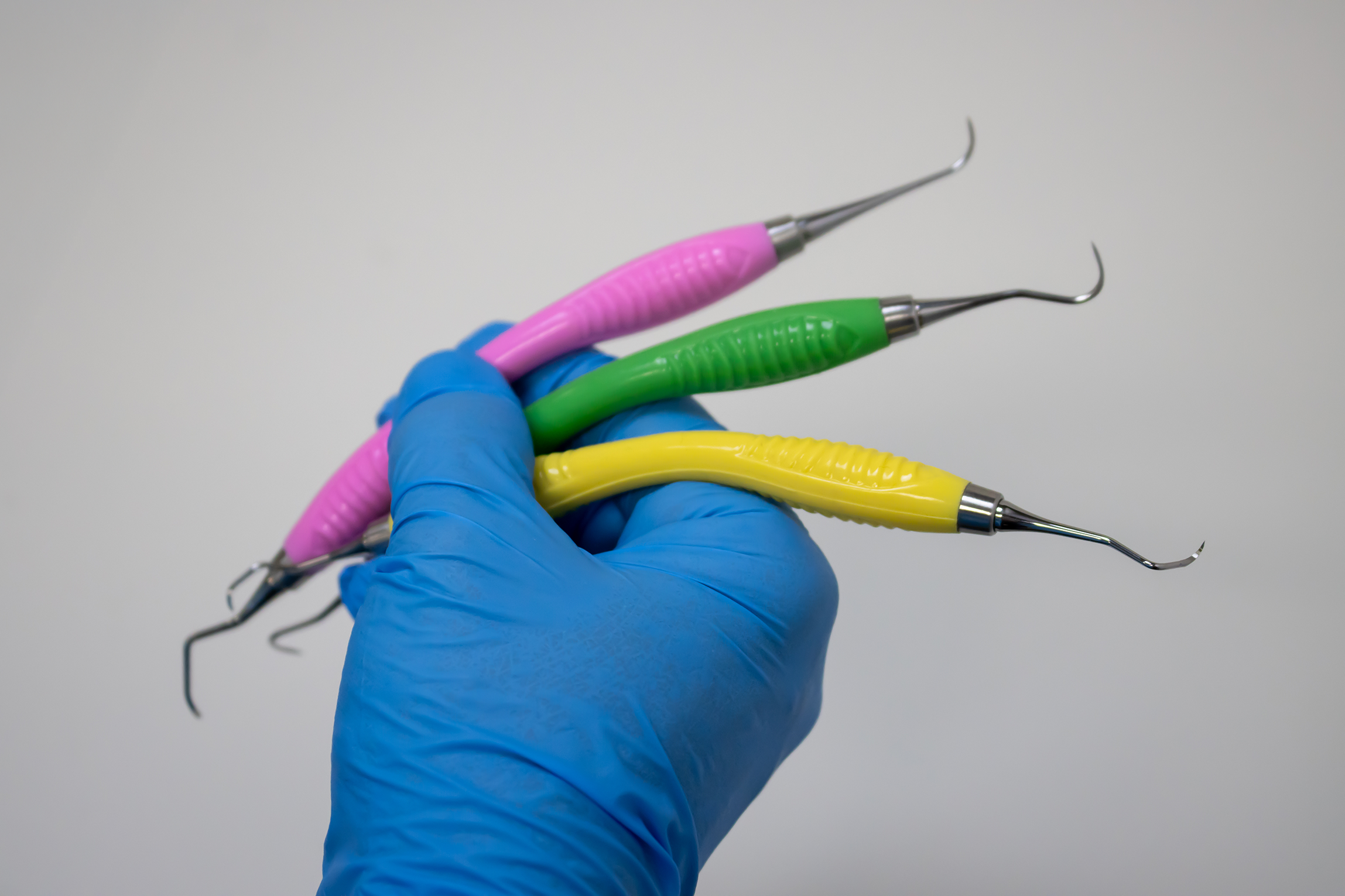ErgoFlex®
Research & Publications
Explore the scientific research and clinical studies behind ErgoFlex® innovation



Gehrig, J. S. (2024)
Fundamentals of Periodontal instrumentation and advanced root instrumentation (9th ed., Module 9). Jones & Bartlett Learning.

Dentistry Journal
A Novel Ergonomic Curette Design Reduces Dental Prophylaxis-Induced Muscle Work and Fatigue

Hygiene Journal
Evaluating the Ergonomic Performance of a Novel Periodontal Curette with Adaptive Handle Design

Dentistry Journal
Effect of a Novel Adaptive Handle Design on the Ergonomic Performance of Periodontal Curettes in Dental Hygienists with and without Musculoskeletal Disorders: A Pilot Clinical Study

Journal of Oral Medicine and Dental Research
Effect of Handle Design and Material on the Ergonomic Performance of a Dental Sickle Scaler




ErgoFlex®
The Next-Generation of Dental Hygiene Instruments
The only instrument strategically designed to reduce muscle work and protect your hands.


